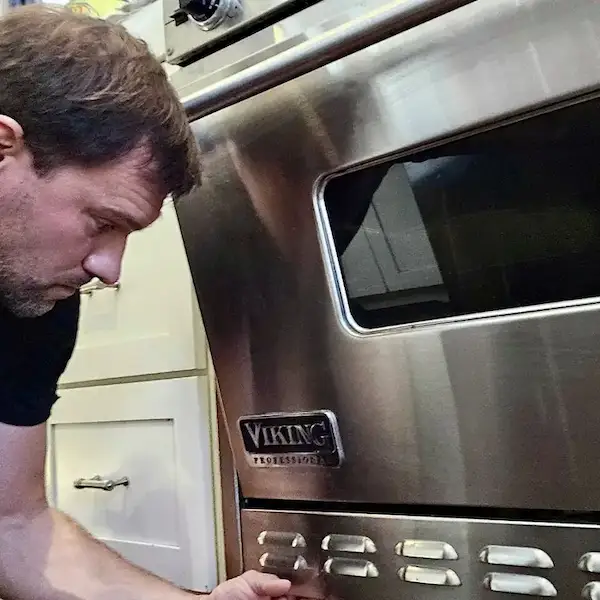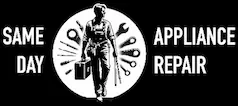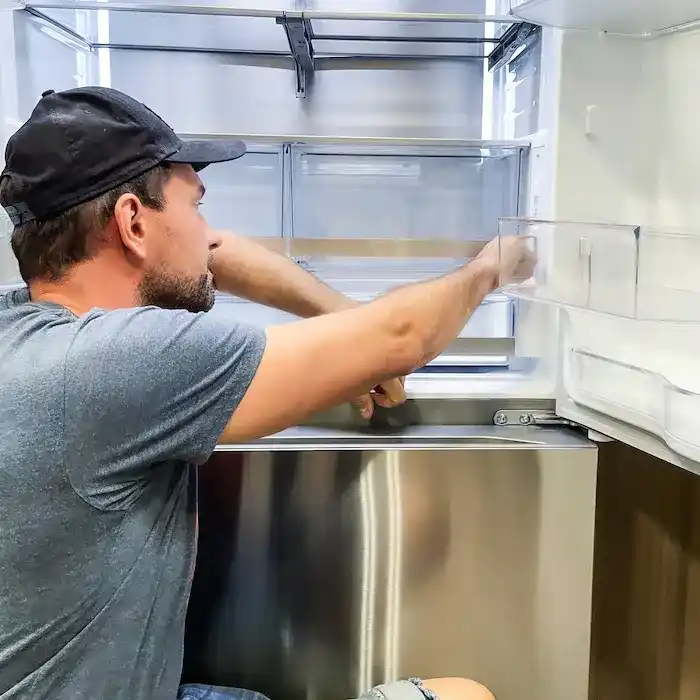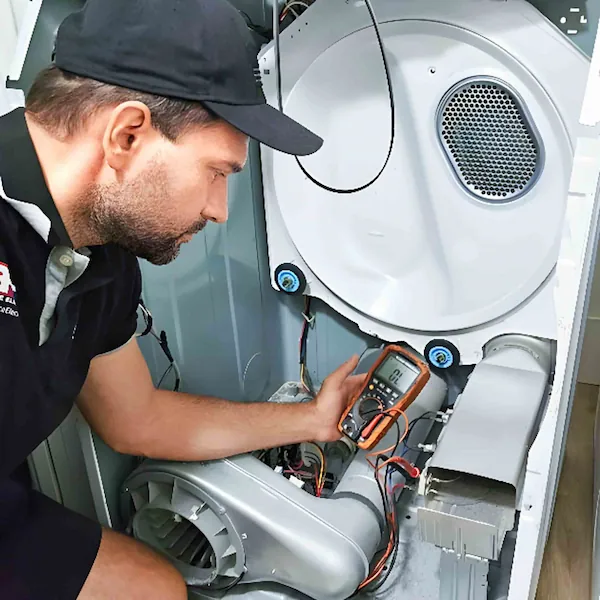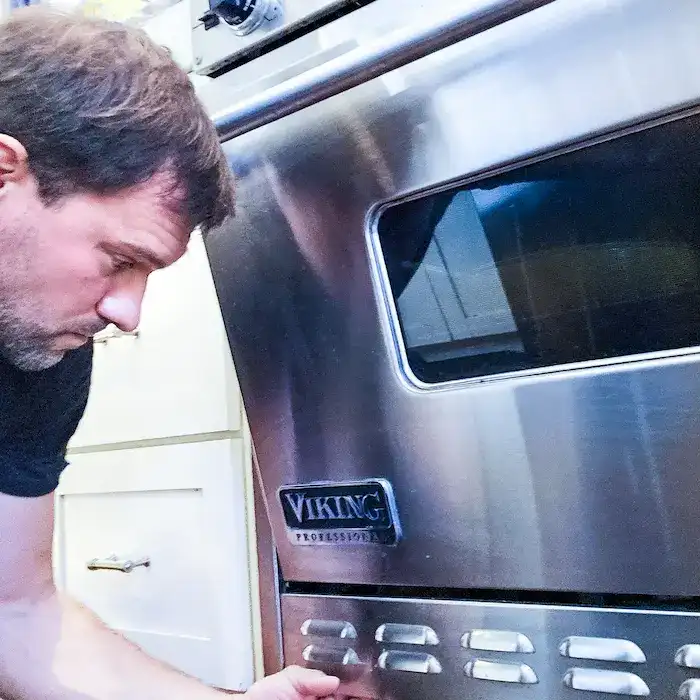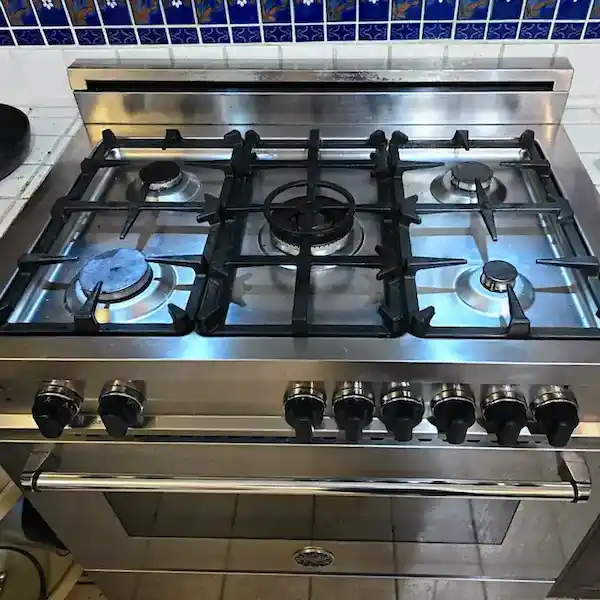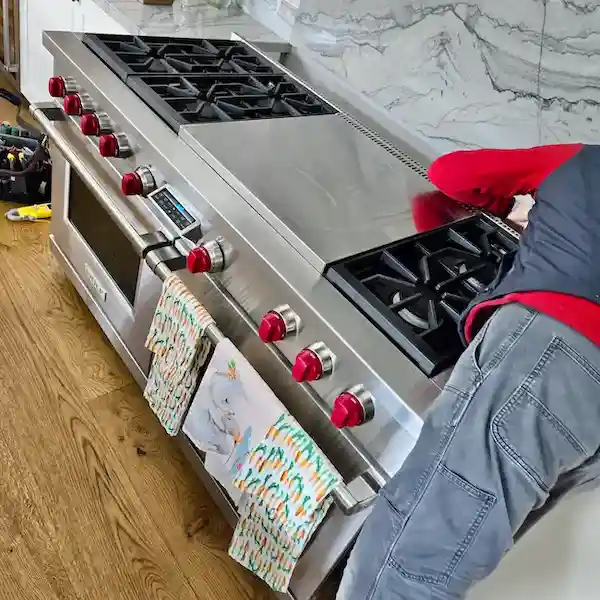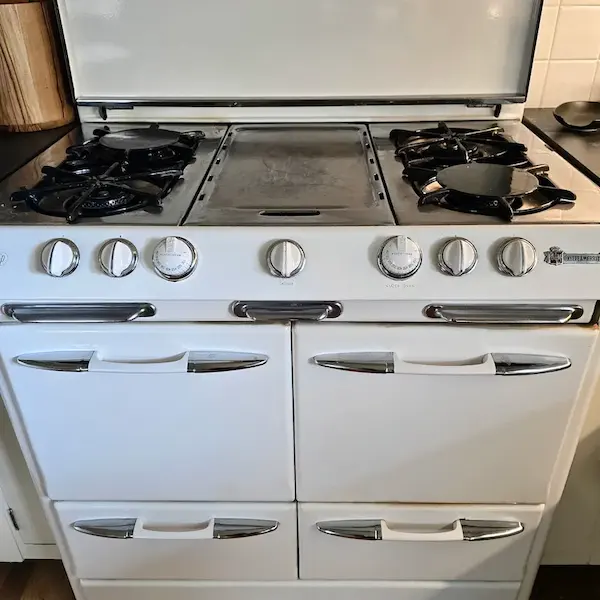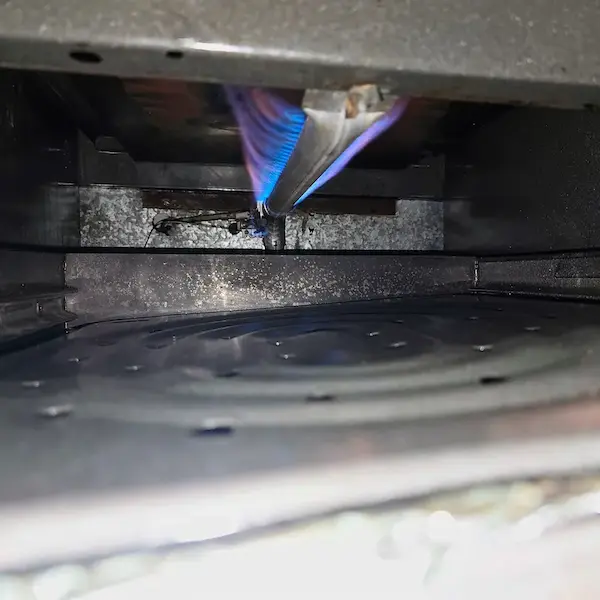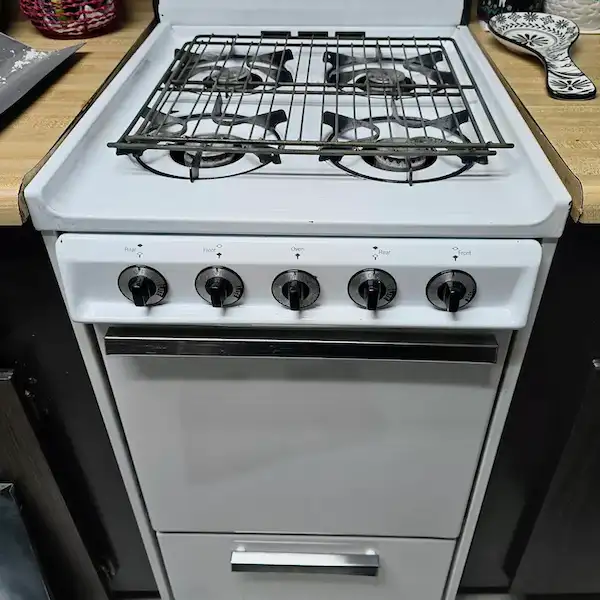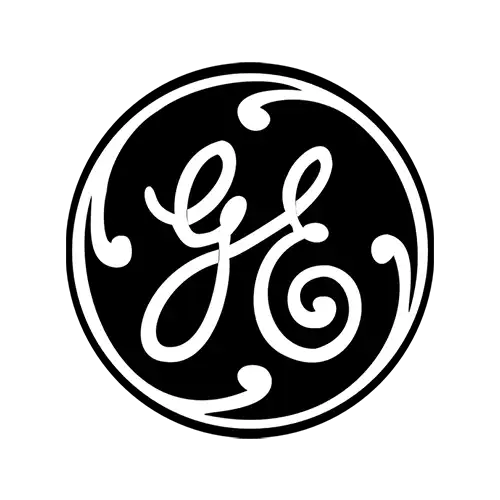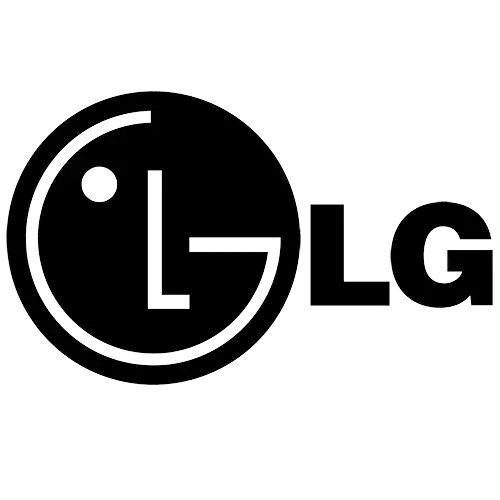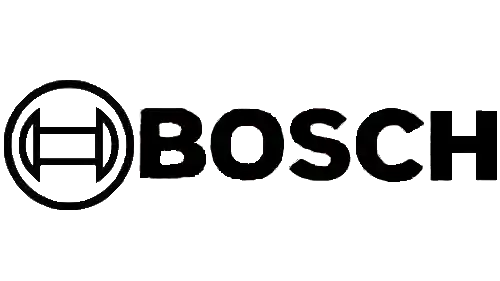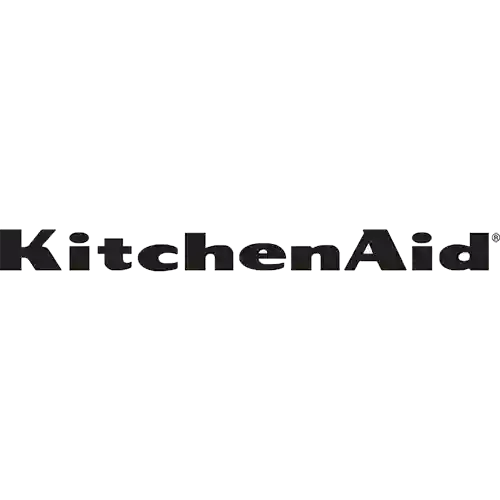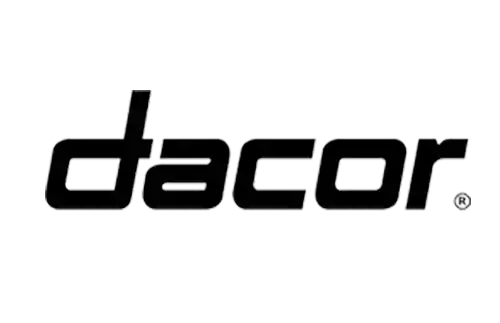Kitchen Range Repair
Your kitchen range is central to meal preparation, ensuring that you can cook everything from quick breakfasts to elaborate dinners. Whether you have a gas range, electric range, or a dual-fuel model, our technicians are equipped to handle any issue, from uneven heating and igniter problems to malfunctioning burners. With our same-day service, we'll have your range back to optimal performance quickly so you can avoid cooking delays and keep your kitchen running efficiently.
Range Repair for Large Households
High-capacity ranges designed for larger families must be reliable to accommodate frequent cooking and heavy use. Our technicians specialize in diagnosing and repairing issues specific to high-capacity units, addressing common problems such as burner issues, temperature inconsistencies, and control malfunctions to ensure your range maintains the perfect environment for all your cooking needs.
High-End and Built-In Range Repair
Luxury and built-in ranges from brands like Wolf, Thermador, and Viking feature advanced cooking technology and integrate seamlessly with your kitchen's design. These premium models, with their high-end finishes, custom burner configurations, and precision control features, require specialized care. Our technicians are trained to handle complex issues such as temperature calibration, control panel repairs, and sensor replacements using only high-quality parts and specialized techniques. We ensure your luxury range performs efficiently while preserving its elegant design.
Specialty and Compact Range Repair
Compact and specialty ranges, including induction ranges and dual-fuel models, demand precise maintenance and repairs to function effectively. We offer specialized services for these units, addressing issues like sensor adjustments, fan repairs, and power flow inconsistencies to keep your range operating at peak efficiency. Our technicians ensure your specialty range meets your cooking needs, no matter the size of your kitchen.
With repair solutions for every type of range, including luxury and specialty models, we're here to help keep your kitchen appliances in top condition for consistent, hassle-free cooking. Contact us today to schedule a fast and reliable range repair service and enjoy the convenience of a fully functional kitchen.
